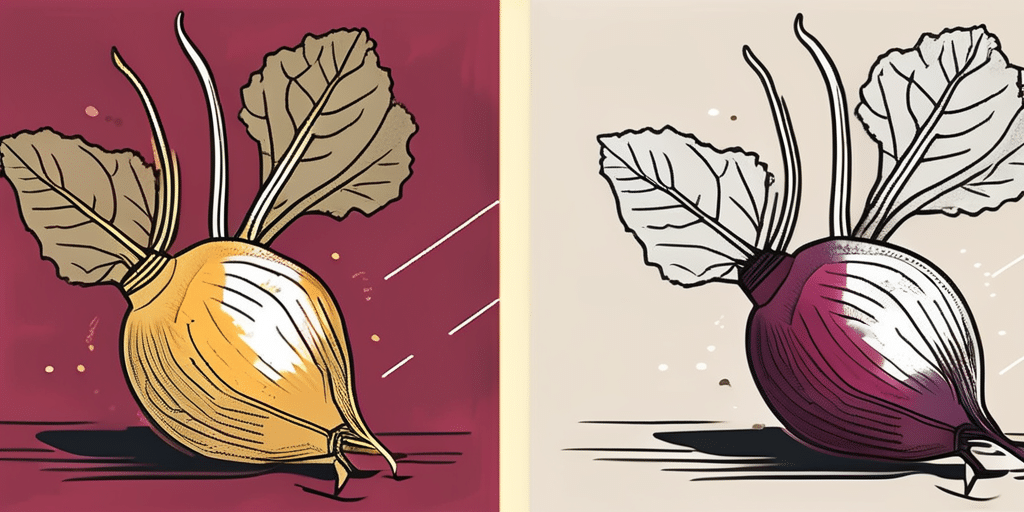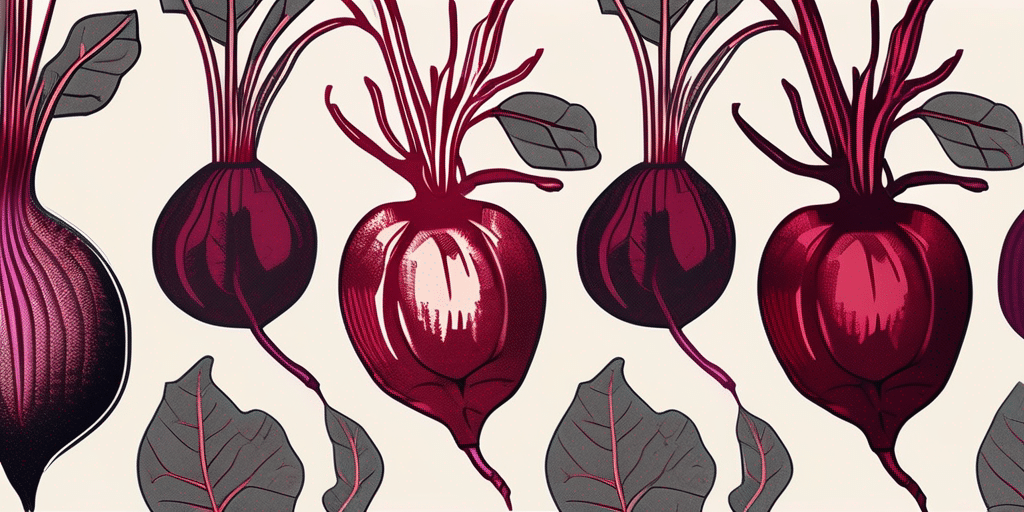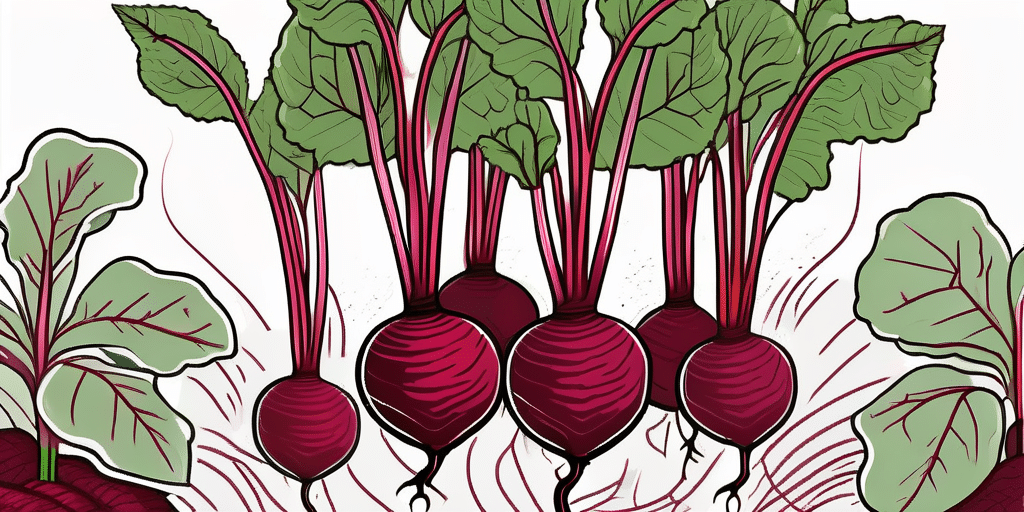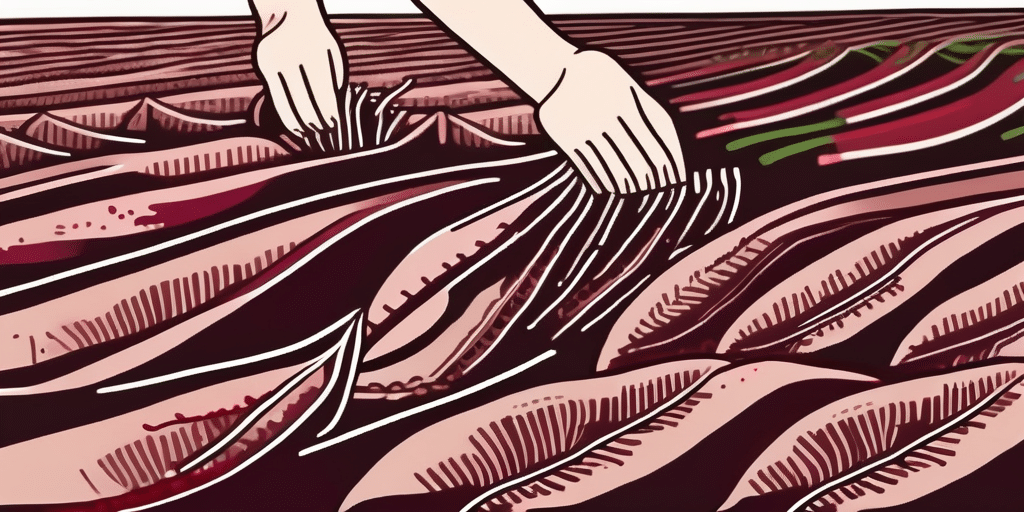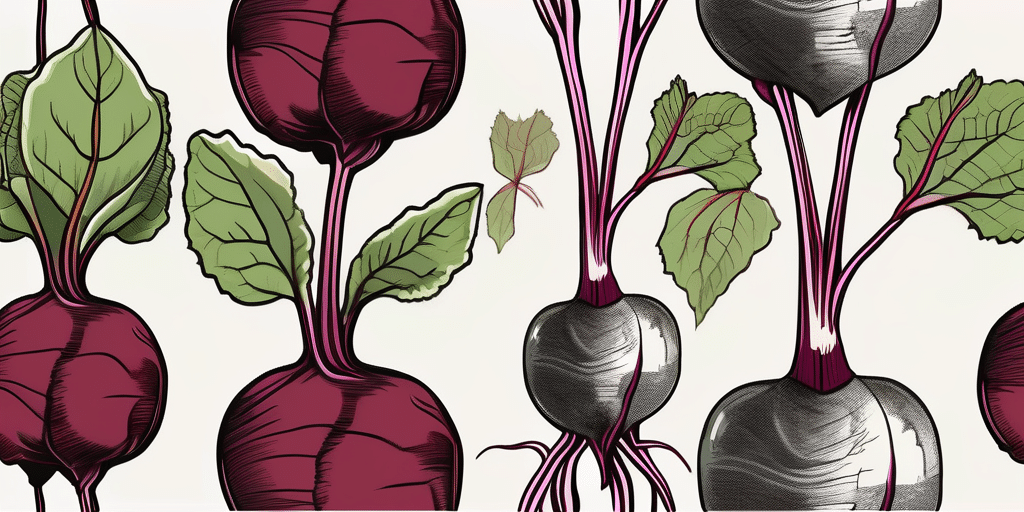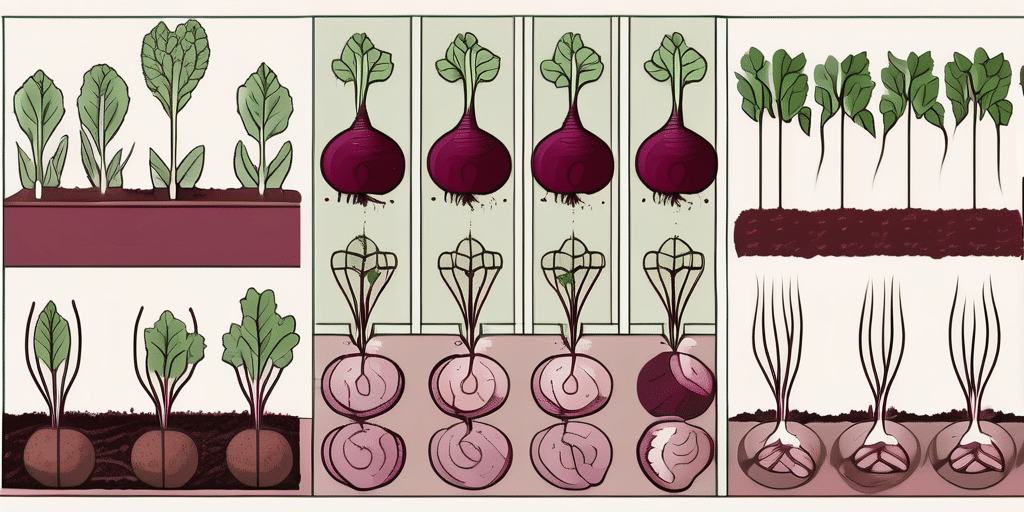Beets, scientifically known as Beta vulgaris, are a popular root vegetable that can be grown in a variety of climates. They are known for their rich, earthy flavor and high nutritional content, making them a favorite among home gardeners. One of the key aspects of growing beets successfully is knowing how and when to transplant them. In this guide, we will delve into the details of this process, providing you with expert advice and step-by-step instructions.
Understanding Beet Growth
Before we delve into the specifics of transplanting beets, it’s important to understand how these plants grow. Beets are biennial plants, which means they complete their life cycle in two years. However, they are often grown as annuals for their tasty roots and leaves. The beet plant has a taproot system, with one main root that grows directly downward and smaller lateral roots that spread out in the soil.
Beets prefer cool temperatures and will start to bolt, or produce seeds, when the weather gets too warm. They also need plenty of sunlight and well-drained soil to grow properly. Understanding these growth requirements can help you determine the best time and method for transplanting your beets.
When to Transplant Beets
The timing of beet transplantation is crucial for ensuring healthy growth and a good harvest. Beets are cool-season crops, which means they grow best in the spring and fall when temperatures are between 60 and 70 degrees Fahrenheit.
According to the United States Department of Agriculture, beets should be transplanted in the spring as soon as the soil can be worked, usually 2-4 weeks before the last expected frost. For a fall harvest, transplant beets in late summer, about 8-10 weeks before the first expected frost.
How to Transplant Beets
Preparing the Soil
Before transplanting beets, it’s important to prepare the soil properly. Beets prefer a well-draining soil with a pH between 6.0 and 7.0. The soil should also be rich in organic matter to provide the necessary nutrients for the plants.
Start by removing any weeds or rocks from the planting area. Then, add a layer of compost or well-rotted manure to improve the soil’s fertility and drainage. Finally, use a garden fork or tiller to mix the organic matter into the soil and break up any large clumps.
Transplanting the Seedlings
Once the soil is prepared, you can start transplanting your beet seedlings. Here’s a step-by-step guide:
- Water the seedlings well a few hours before transplanting. This will make it easier to remove them from their original containers without damaging the roots.
- Dig a hole in the prepared soil that is wide and deep enough to accommodate the seedling’s root system.
- Carefully remove the seedling from its original container, trying not to disturb the roots.
- Place the seedling in the hole, making sure the top of the root ball is level with the soil surface.
- Fill in the hole with soil, firming it gently around the seedling.
- Water the transplanted seedling thoroughly.
Remember to space the seedlings about 3-4 inches apart to give them enough room to grow. Also, avoid transplanting beets on hot, sunny days as this can cause the plants to wilt.
Caring for Transplanted Beets
After transplanting, your beets will need some care to ensure they establish well and produce a good harvest. Here are some tips:
- Watering: Beets need consistent moisture to grow properly. Water your plants regularly, especially during dry spells. However, avoid overwatering as this can lead to root rot.
- Weeding: Keep the area around your beets free of weeds, which can compete with the plants for nutrients and water.
- Fertilizing: Beets are heavy feeders, so apply a balanced vegetable fertilizer every 4-6 weeks during the growing season.
- Harvesting: You can start harvesting beet greens when they are about 4-6 inches tall. The roots are usually ready to harvest when they are 1-3 inches in diameter.
Conclusion
Transplanting beets can be a rewarding task, especially when you get to enjoy the fruits of your labor in the form of delicious, homegrown vegetables. By understanding the growth habits of beets and following the right transplantation techniques, you can ensure a successful harvest. Remember, the key to successful beet transplantation is timing, proper soil preparation, and ongoing care. Happy gardening!
Join Our Green-Thumbed Community!
Ready to take your beet-growing journey to the next level? Subscribe for free to How to Grow Everything and unlock a treasure trove of expert gardening knowledge. Whether you’re a seasoned gardener or just starting out, you’ll receive personalized advice tailored to your grow zone and interests. Plus, you’ll get access to special offers and the best gardening tips, all delivered straight to your inbox. Join our family of passionate gardeners and build the garden of your dreams today!

